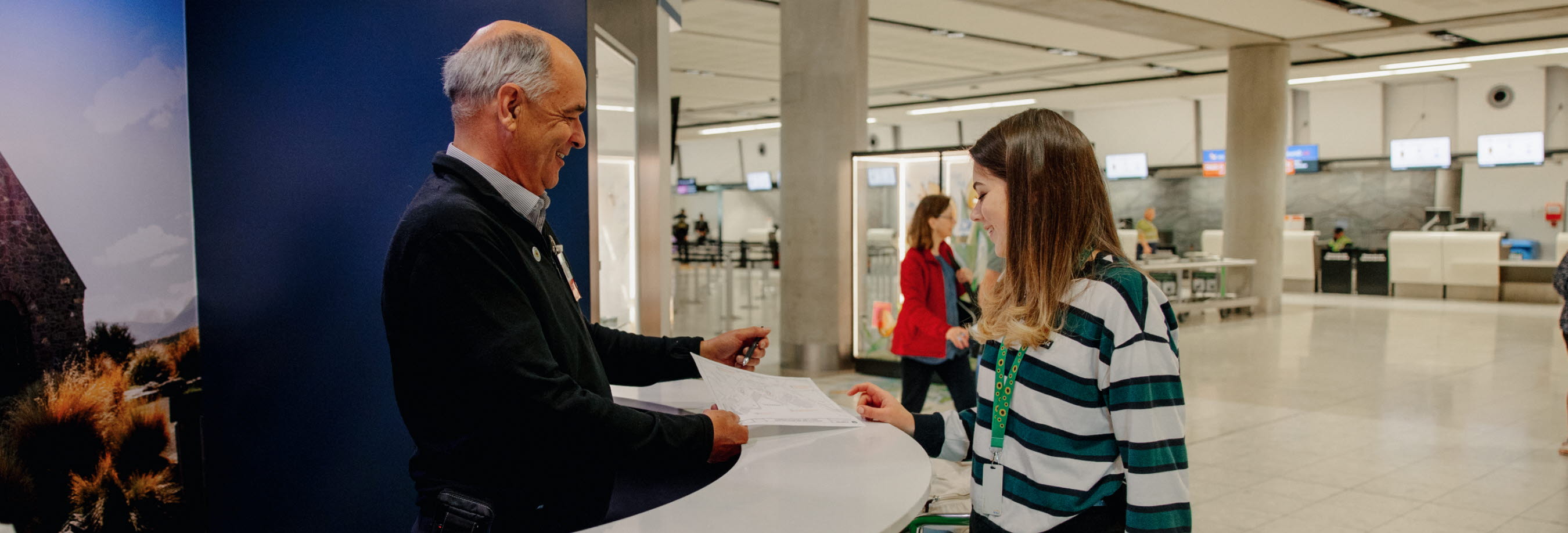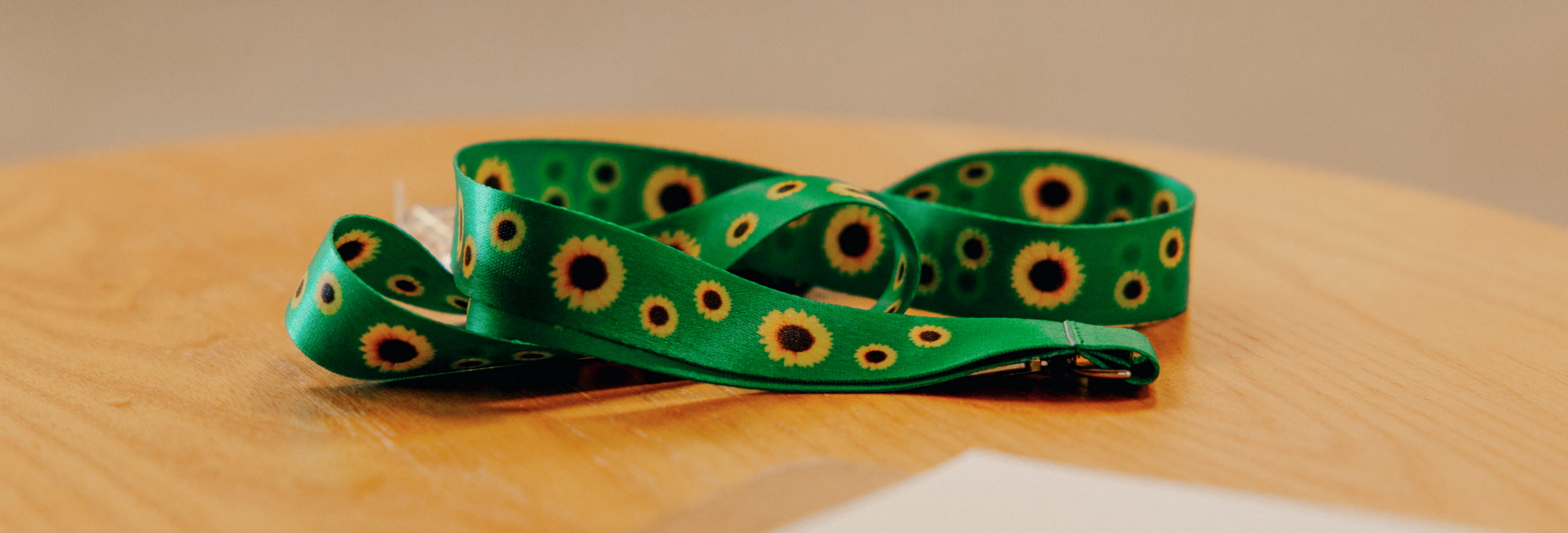


Airports can be busy and confusing places at the best of times, however for those with hidden disabilities, navigating your way around an airport can be overwhelming. It’s for this reason that Christchurch Airport in New Zealand has joined the Sunflower Lanyard scheme for people who would like a little more assistance without having to ask for it.
The lanyards are used by people with a non-visible disability to indicate the wearer would like additional support, assistance or a little more time. Those disabilities include anxiety, autism, dementia, a hearing impairment, epilepsy and partial sight.
Craig Dunstan, Head of Commercial and Customer at Christchurch Airport explained the team began working towards implementing the lanyards a couple of years ago, but had to pause the scheme as a result of the pandemic.
“The distinctive lanyard is well known at many airports across the world, so developing our scheme involved listening to many groups, including other airports, community health advisors, groups supporting people with disabilities and families whose children benefit from wearing the lanyard,” said Dunstan.
“Almost one in four New Zealanders identifies as having a mild or sever disability, so the various groups representing them offered us very helpful information to shape our scheme,” he added.
“Hidden disabilities can affect a person’s day-to-day life, but not be immediately obvious to people interacting with them. It was especially enlightening to learn from lanyard wearers what does and doesn’t work for them, and hear their suggestions about how it would work best for them at our airport.”
In addition to the lanyards the airport has a downloadable or printed guide to the airport, which will help passengers with hidden disabilities know what to expect and where to find things when they come to the airport. “Staff in the different teams at the airport are aware of what the lanyards mean and are willing to discreetly assist the wearer,” concluded Dunstan.






